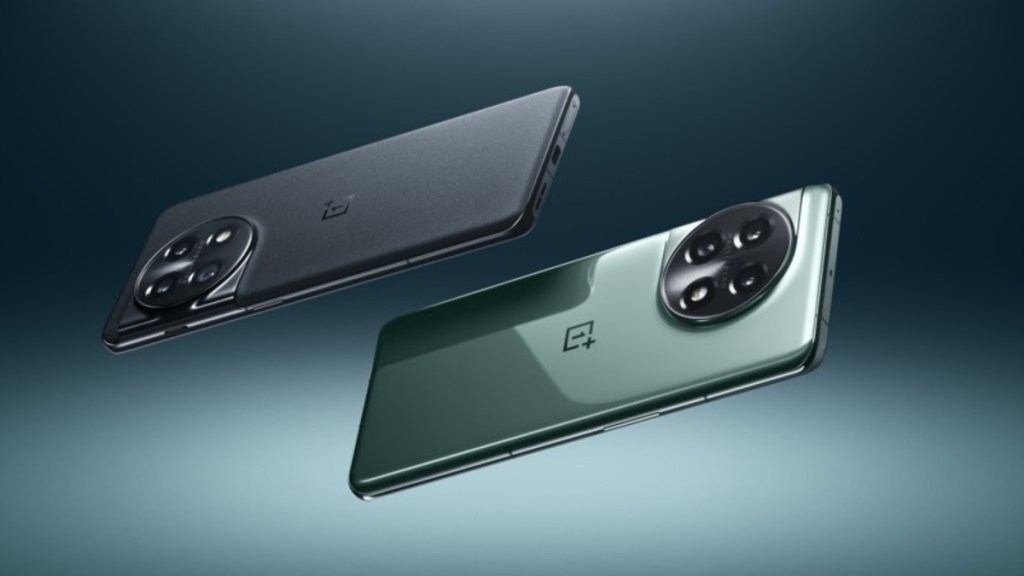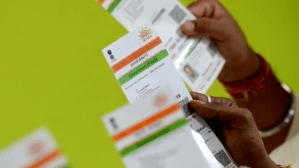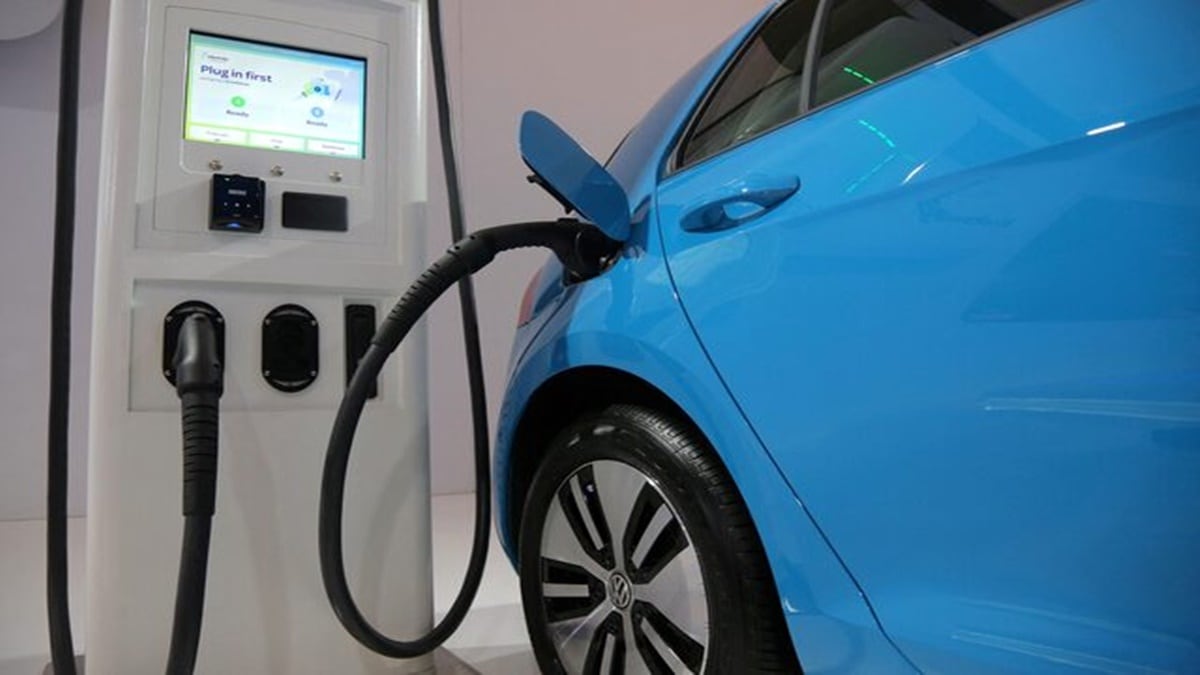OnePlus phones were once the default go-to for a lot of people, those who fancied a top-tier phone –with the added goodness of slick software— but did not have the cash to go get themselves a high-end Samsung Galaxy or Apple iPhone. It was the proverbial rebel, with a cause. OnePlus did not invent the term “flagship killer” but you can say that it reinvented the category and made it more mainstream, accessible if you will.
And then, one day, all hell broke loose when OnePlus decided to start making the same flagship phone that it once sought out to kill. Its phones did not necessarily get any better, but the spec-sheet surely got beefier and so did the asking price. Cut to 2023, and we have with us a new OnePlus phone – the OnePlus 11— that kinda-sorta-maybe reminds us of the old OnePlus which is to say that it’s part impressive and also downright frustrating in some areas but the big picture stuff is, it is solid value.
The biggest change is in the portfolio strategizing itself. OnePlus has confirmed that there won’t be any OnePlus 11 Pro this year, or even a OnePlus 11T for that matter. While it may not be good news from a business sense, for potential buyers and fans who might still swear by its name, this is a major sigh of relief as they would now have firm clarity on what’s the best OnePlus phone to buy in 2023— or chuck it entirely, if they’re not impressed.
Also Read | iQOO 11 5G review: OnePlus 11 better be this good
That is not to say OnePlus isn’t getting anything out of this plan. For one, it brings a lot of goodwill – which let’s all be honest, the company needs more than anything else at this point— while also allowing it to concentrate on what was once, one of the most sought-after features of its phones, aka software. (Not to mention, it would allow it to earmark its resources to explore other categories including foldables.)
And it helps that OnePlus is backing the strategy up with a solid product like the OnePlus 11. The phone has a glass and metal design that’s both premium and striking to look at. It feels like a nice and gradual step-up over the OnePlus 10 Pro (and it is retaining the alert slider, so, yay.) , though not everything is necessarily an upgrade. The 10 Pro was IP68 rated, the 11 is only IP64. The display may seem like a do-over but the panel is now LTPO4 (versus LTPO3 in the 10 Pro) for seemingly smoother (and more efficient) refresh transitions between 1-120-Hz while retaining top-shelf credentials including 1440p resolution and support for HDR10+ and Dolby Vision playback.
The customary processor bump brings Qualcomm’s latest generation Snapdragon 8 Gen 2 to the OnePlus 11. You get up to 16GB of LPDDR5X RAM and up to 256GB of UFS4.0 storage— the fastest memory configurations available on mobile at the time of writing. (*the 128GB model is UFS3.1).
Also Read | OnePlus 10 Pro review: A return to form
The 4nm TSMC-made 8 Gen 2 is great – and markedly superior to the 8 Gen 1— which is to say that there is enough head-room here for the most demanding of tasks that you can imagine, and ample future-proofing (the 11 is also Wi-Fi 7 ready), too. The 11 has a 5,000mAh battery (same as the 10 Pro) but charges a bit faster (100W versus 80W). Wireless charging is no longer an option though and the Type-C port is only USB2.0 (not 3.1 like the 10 Pro). The software bit is naturally open to interpretation, but at least OnePlus is guaranteeing up to 4 years of major OS and 5 years of security updates on the 11, matching Samsung – and we hope that it delivers, but fingers crossed.
Photography is where you’re getting some of the biggest updates. The OnePlus 11 has a 50MP Sony IMX 890 main sensor behind an f/1.8 24mm-equivalent lens with optical image stabilisation, 48MP Sony IMX 581 behind an f/2.2 ultrawide-angle lens (with autofocus, so it can double as macro), and another 32MP 2x telephoto with RGBW arrangement for portrait shots. Longer zoom would have been nice, but the 11-camera system is –still— pretty well stacked for the price. Unlike the 10T, you do get some Hasselblad quirks here for a slightly more premium photo-taking experience. The front camera, though, is a downgrade to a 16MP (that we’ve seen in countless other OnePlus phones before) and it, still, tops out at 1080p@30fps sadly.
So, that was the OnePlus 11 in a nutshell. As you can probably tell, the 11’s biggest competition is from within OnePlus itself, i.e., the OnePlus 10 Pro. It is priced a bit higher— Rs 60,999 for 8GB/128GB and Rs 65,999 for 12GB/256GB (OnePlus 11 price in India is set at Rs 56,999 for 8GB/128GB and Rs 61,999 for 16GB/256GB)— but you do get a lot of other niceties, on top of an already great phone, including better water-proofing and wireless charging which are missing on the 11. Even better if you can get the 10 Pro at lower prices in sales.
Also Read | Samsung Galaxy S22, Galaxy S22+ review: The best Android phones you can buy today
But that is not the only phone that the OnePlus 11 has to compete with. There are more. The iQOO 11 is a top contender. It is powered by the same Snapdragon 8 Gen 2 and has faster 120W wired charging, in addition to a stellar design and top-tier display. This phone is available for Rs 59,999 (8GB/256GB) and Rs 64,999 (16GB/256GB).
The Motorola Edge 30 Ultra is another great option with a faster 144Hz display and 125w fast wired charging (plus, it has wireless charging, too). The biggest takeaway, though, is obviously the near stock Android interface. This phone is selling for Rs 54,999 (8GB/128GB) and Rs 59,999 (12GB/256GB) currently.
The Pixel 7, meanwhile, gets you even slicker software and outstanding cameras for Rs 56,999 (8GB/128GB). It may not be as powerful and power efficient, but it is a phone from Google which is to say, it will have many takers especially in India where these phones are a rare sight.
Also Read | iPhone 13 and iPhone 13 Mini review: If it ain’t broke
The Samsung Galaxy S23 would have been a great alternative (and it is, if you can shell out more money) but its higher asking price makes the Galaxy S22 more desirable. The S22 which was launched in India last year at a starting price of Rs 72,999 is currently selling on Samsung India website for Rs 57,999 (8GB/128GB). That’s a price reduction of Rs 15,000. The price of the 8GB/256GB model of the Galaxy S22 is also down by Rs 15,000 (Rs 61,999 versus Rs 76,999) but it appears to be out of stock at the time of writing. You can, maybe, get it for even less in sales.
Alternatively, if you’re looking to switch sides, the iPhone 12 and 13 would be a great way to get started on your iPhone journey.
Bottomline, as good as the OnePlus 11 is, be sure to check these alternatives out, too, when you’re out to get a new smartphone with a budget of around Rs 55,ooo-Rs 60,000. The options are aplenty, and basis of your use case, some of them may end up being more value than the 11.
Also Read | Google Pixel 7, Pixel 7 Pro: Smartest smartphones of 2022








